Want to learn about one of the most iconic Seiko watches? Here’s our guide to the Seiko 62MAS.
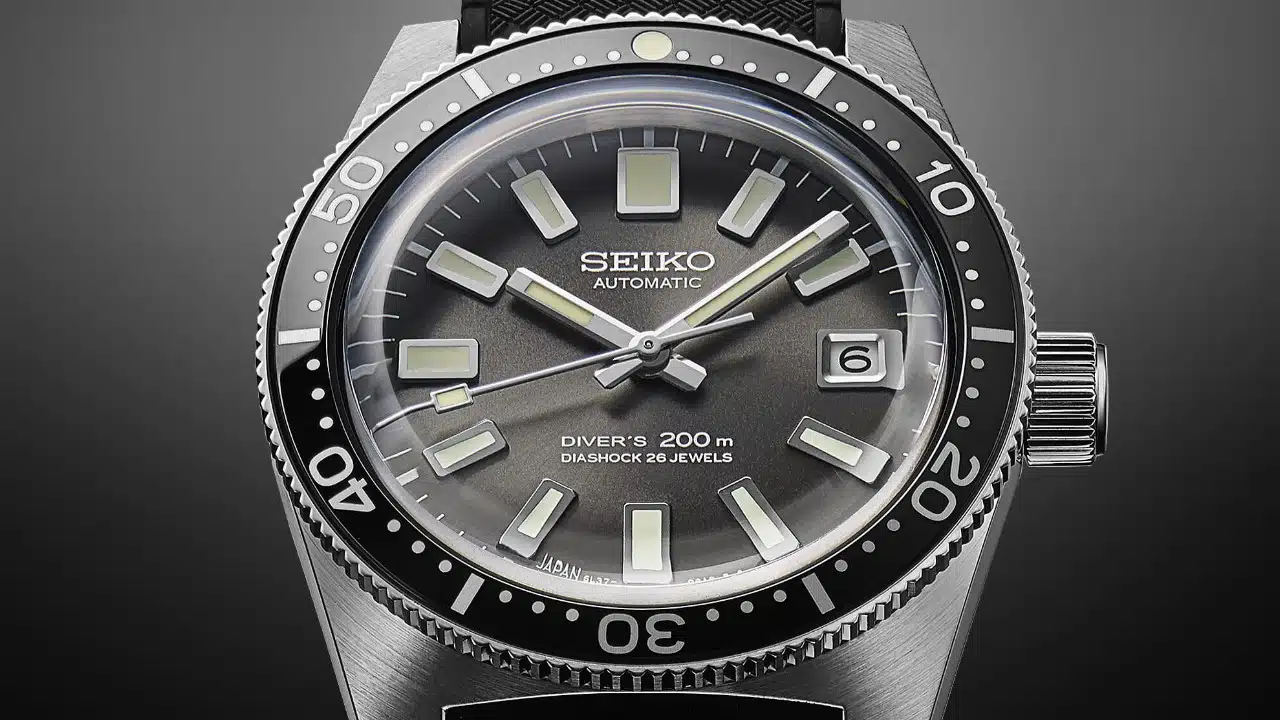
The 62MAS is a truly fascinating timepiece in Seiko’s history. See, to become a watch icon, would-bes need to achieve two things: They need to be the first at something, and they need to be associated with a real-life historical or cultural event. The Submariner and Seamaster, for example, are associated with James Bond.
The 62MAS easily passes both of these tests — with flying colors.
Yet, it was a sort of quiet icon, not exactly forgotten but not always spotlit the way the Explorers and Speedmasters of the world are. That is, until Seiko started making reissues of the 62MAS.
Seiko didn’t exactly retcon the historical importance of this watch. But, several coveted reissues and descendants, like the SKX007, became icons while retroactively reinstating the icon status of the 62MAS, arguably to a greater extent than ever.
So what makes the Seiko 62MAS so noteworthy? It’s got a pretty cool story, so let’s dive into it.
Table of Contents
The Seiko 62MAS: An Overview
Debuting in 1965, the 62MAS was a culmination of Seiko’s experimentation with waterproofing. With 150 meters of water resistance, it’s Seiko’s first true dive watch and the first Japanese diver in history.
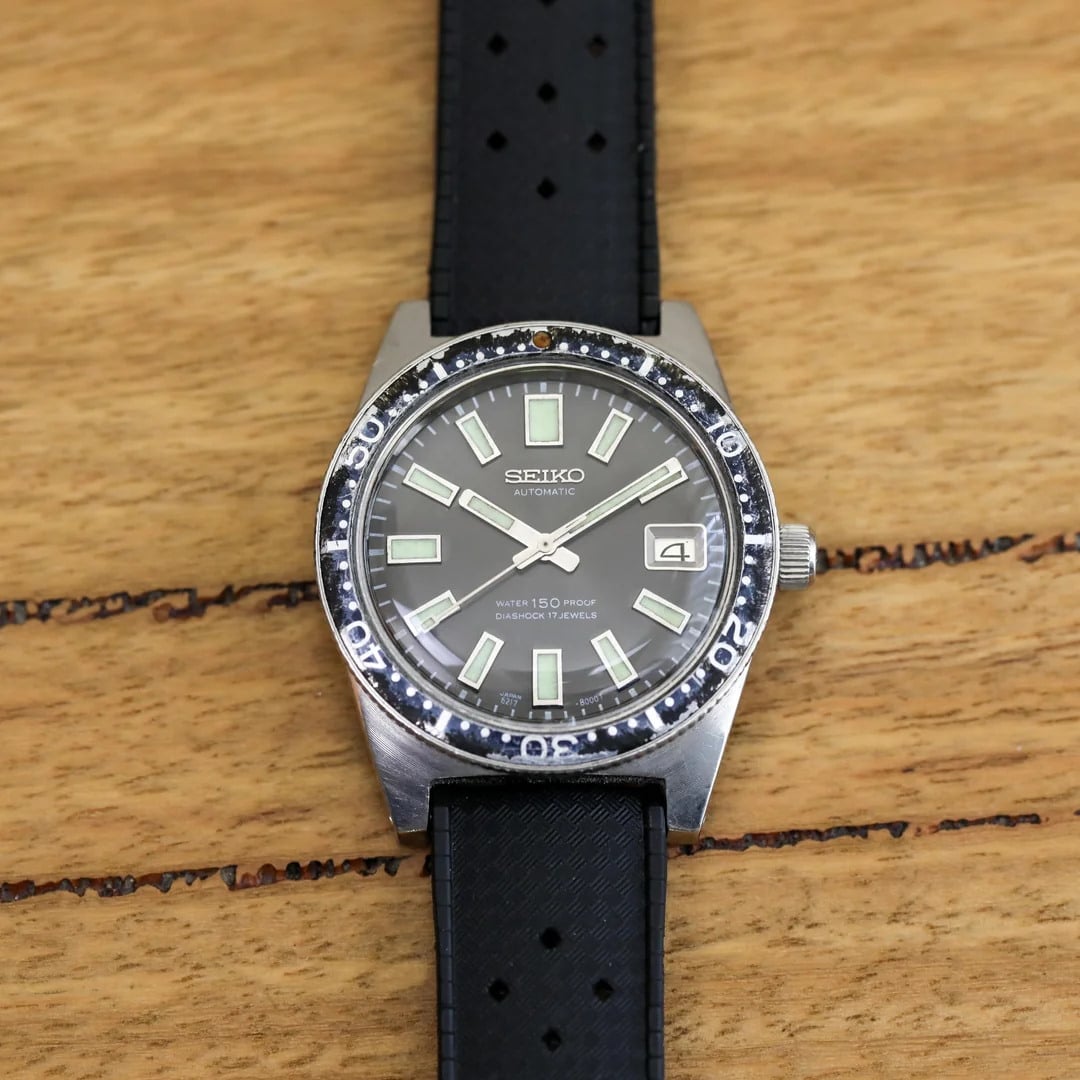
This marked a moment in time that aided Seiko’s journey, and even the journey of the Japanese watch industry, out of the shadow of the Swiss.
The 62MAS was also outfitted with the rubber tropic strap, which is often considered a symbol of underwater adventures. Early Submariners and Blancpain Fifty Fathoms were also often worn with this durable rubber strap.
It’s definitely the founding father of Japanese dive watches and an ancestor to all Seiko divers, including many of their most iconic models, like the SKX series.
The Original Specs
Let’s start with the specs — it’ll demystify what the moniker 62MAS even means.
As an automatic watch, the MAS part of the name was derived from Seikomatic Self-dater or the SeikoMAtic Self-dater.
Meanwhile, the 62 comes from the movement itself, as all 62MAS watches run on a movement from Seiko’s family of 62 calibers. The first ever reference from 1965 is model 6217-8000. There were, however, two versions that came out that initial year, which we’ll get into later. They both ran on caliber 6217A, which has a reasonable BPH of 18,000 and 17 jewels.
Again, it was the first true dive watch to come out of the Japanese watchmaking world and had a water resistance of 150 meters. Of course, as a true professional diver, there was also a rotating bezel, and the dial was lumped well enough for underwater excursions. Suffice it to say, the glow was more than good enough for everyday use.
Equipped on the 62MAS was a stainless steel case and an acrylic dial protector (as was common practice at the time). As for it’s size, it was a cool 37 millimeters.
In 1965, you could order the 62MAS from Seiko’s catalog for 13,000 yen, which is just about $90. To be fair, that’s about $870ish today, after factoring in inflation.
A True Professional Watch: The Japanese Antarctic Research Expedition
The legitimization of the 62MAS as a truly professional piece of diving equipment comes even before its birth. Researchers at JARE or the Japanese Antarctic Research Expedition requested its development.
Seiko turned to two designers.
Tatsuro Akabane was their watch case design engineer, who even hopped on board a diver’s oil-drilling vessel to understand saturation diving in person.
Taro Tanaka was known for creating his “Grammar of Design,” a technique of watch design inspired by the art of cutting gems. Tanaka, and his famed approach, played a huge role in Seiko’s success in the 1960s and ‘70s.
Subject to a time crunch, Tanaka and Akabane developed the 62MAS, with the initial reference in production by April 1965. This model, which again was reference 6217-8000, was only in production for three months before Seiko upgraded to the 6217-8001.
Large Crown vs. Small Crown
The 6217-8001 version of the 62MAS has some small differences from its precursor, the main one being that it had a much bigger crown. This is why the 8001 is referred to as the large crown version, while the 8000 is called, you guessed it, the small crown version.
The large crown 62MAS ran for a longer period from 1965 until 1968. It’s, therefore, way more common than the 8000 and the quintessential representative of the 62MAS.
The bigger crown definitely made it easier to use than the crown on the 8000, even when you have diving gloves on.
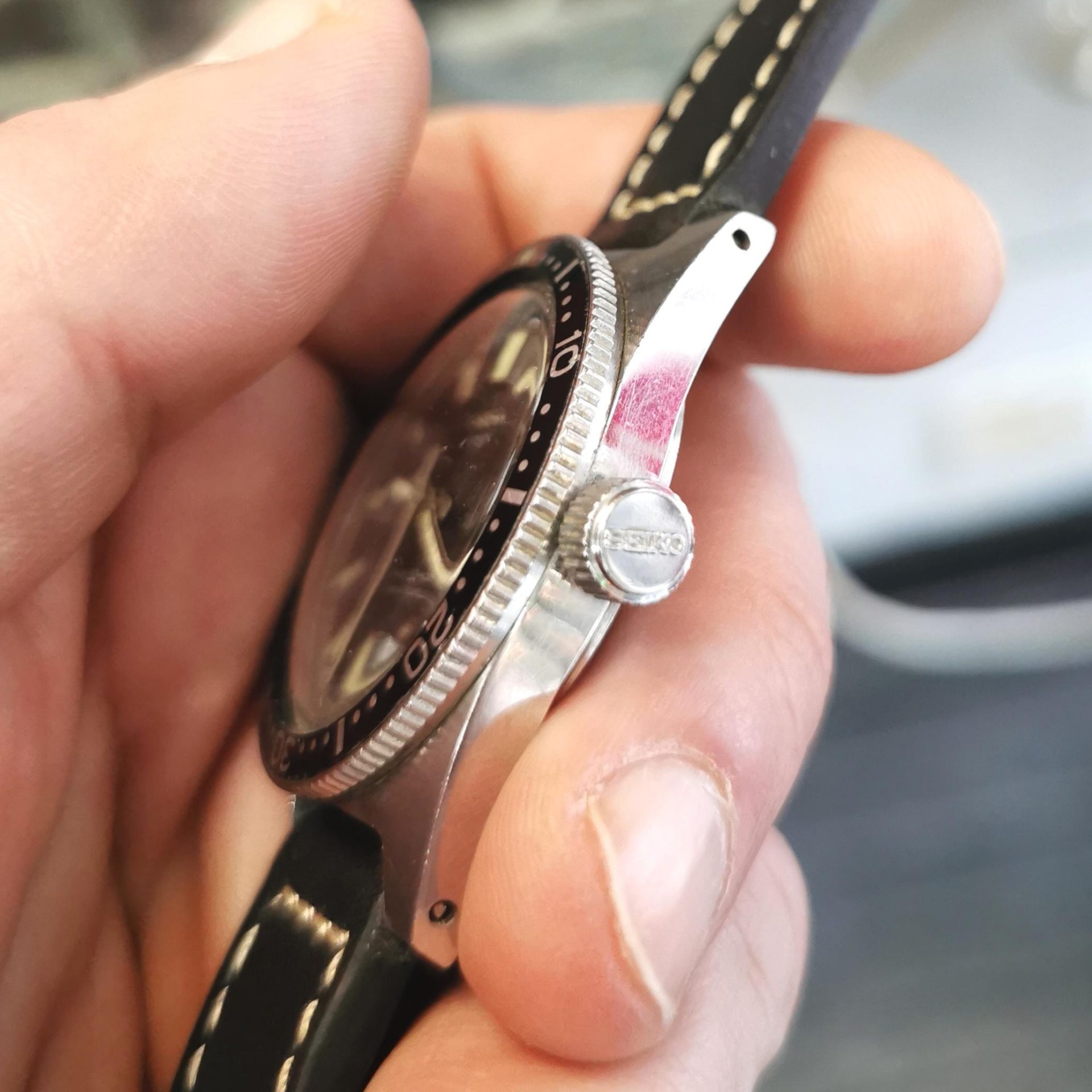
As mentioned, they both ran on the same 62 caliber. Slight differences in the cases include the latter version’s smaller recess due to the longer tube accommodating the larger crown and the engraving on the back. The small crown version features a dolphin engraving, while the 8001 has a SEIKO appellate embossed on the case back.
Some might say the dolphin is a more interesting visual. That, along with its rarity, definitely gives it points for collectibility.
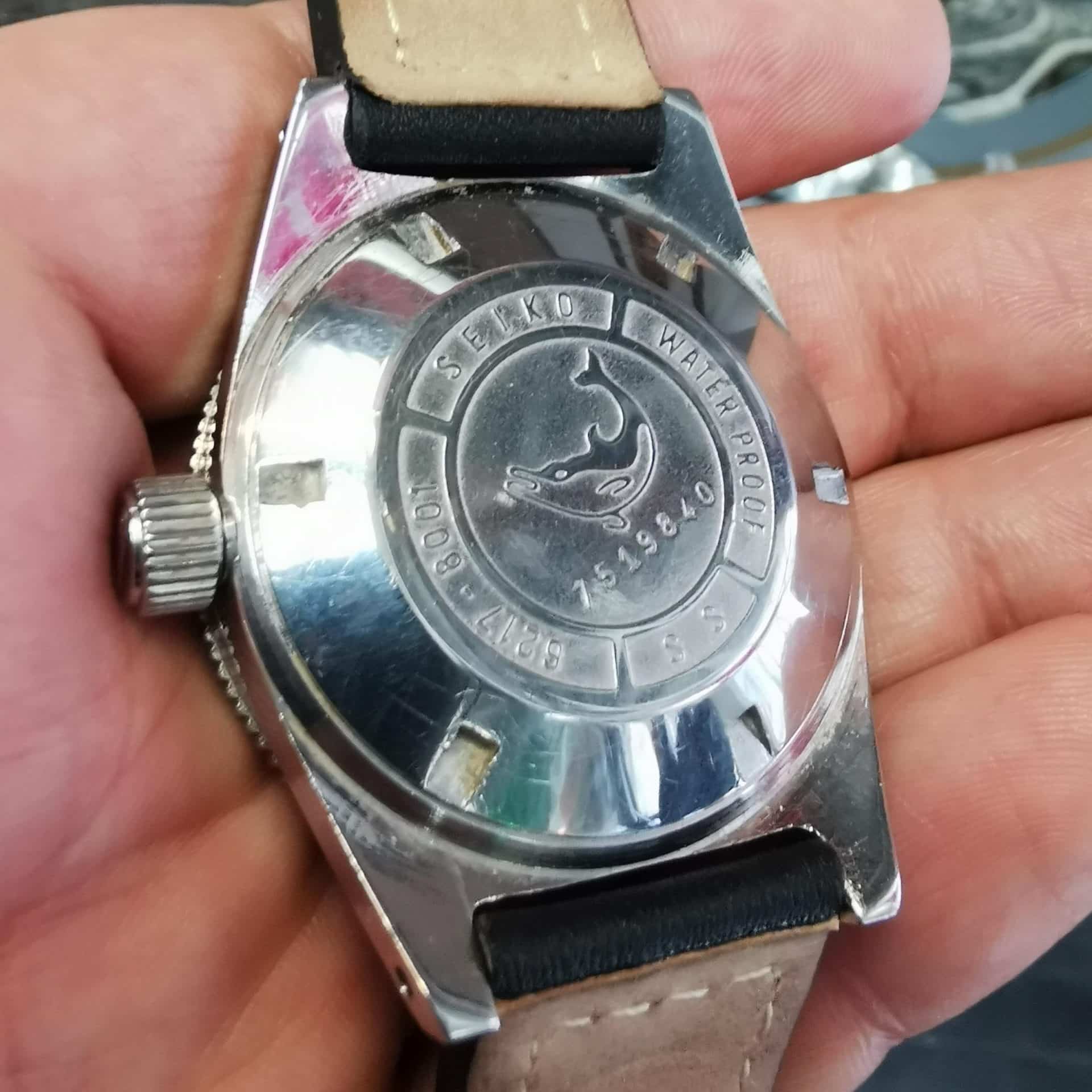
When you’re buying a vintage 62MAS on the secondary market, it’s likely going to be a large crown version just because there were so many more of them made.
Daini vs. Suwa
There’s one more distinction between the different 62MAS watches you might find out there. It isn’t necessarily consequential to the watch itself. However, it’s an interesting part of the history of the 62MAS and the history of Seiko overall.
Some of the 62MAS watch out there are produced by the Daini branch of Seiko, and some are produced by the Suwa branch. What does this mean, exactly?
So here’s some quick history.
After World War II, in the midst of rebuilding, Seiko instated two watchmaking branches, the Daini Seikosha branch and the Suwa Seikosha branch. They did this as an attempt to create healthy competition internally so as to spur innovation — and boy, did it work.
They both tried different approaches, with Daini even appointing design students to work on their productions to get some young blood into the mix. The most notable battle between the two was Suwa’s Grand Seiko taking on Daini’s King Seiko, the former eventually becoming its own branch of luxury-level watches.
So while we know for sure that the Suwa branch developed and produced the 62MAS, some 62MAS watches are definitely still marked as being from the Daini Seikosha factory. You can see it on the case back. Also, if you’re a modder or anyone who likes to see inside your watches, you can see it marked on the movement’s rotor.
This, of course, means that the 62-caliber movements were also made by both factories. See, the two branches truly were in a friendly competition, so they helped each other out as much as they battled for supremacy.
One internet theory, based on several collectors reports, is that the Seiko made Daini versions for export.
This would actually be in line with Seiko’s practices. The SKX007, for example, comes as an SKX007J, which is meant for Seiko’s domestic market, while the SKX007K is intended for export. They’re 99.9% the same watches, with small visual differences, though some have reported that the J might have slightly sharper finishing.
Seiko is known to keep their very best things for themselves. So, it’s no surprise that the original 62MAS watches manufactured straight from their developer, the Suwa branch, would be the ones meant for Japan specifically.
The Legacy of the 62MAS
Sadly, by 1968, the 62MAS was no longer in Seiko catalogs. The successor was the Seiko 61MC 010.
Many hardcore Seiko fans knew to keep the idea of the 62MAS on a pedestal. After all, it was the first Japanese dive watch ever.
In 2017, Seiko decided to reissue this historic timepiece with the SLA017 and the SBDX019, built with modern creature comforts, of course.
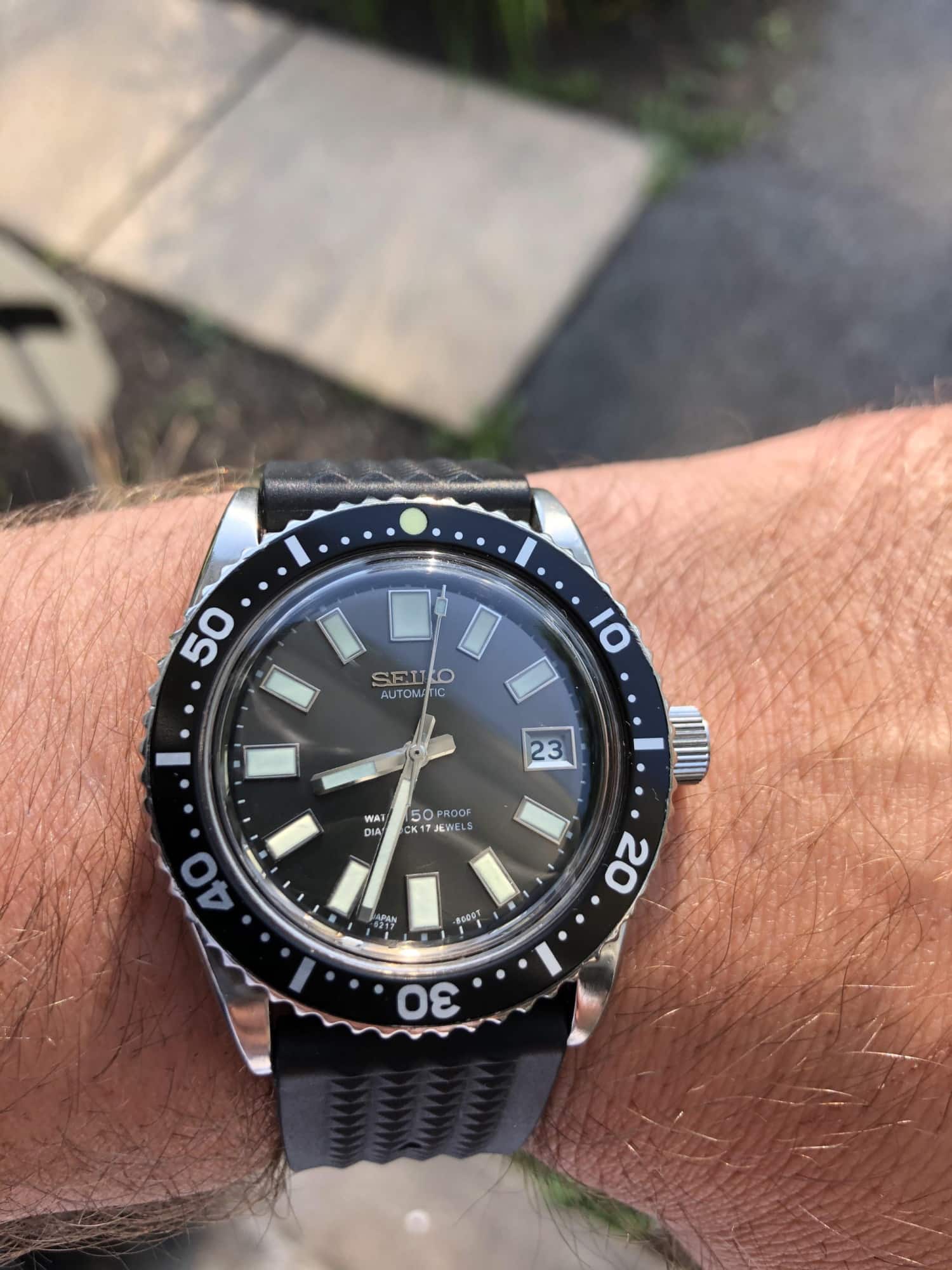
Along with those also came contemporary reimaginings of the 62MAS, like the SPB051 and SPB053. And along with all of those came the realization that a lot of Seiko dives are, in a way, descendants of the 62MAS.
The prior-mentioned SKX series owes its existence to the first-ever Japanese dive watch. It’s gone down in history as a Seiko icon and an important milestone for the brand’s ascension to becoming the go-to for affordable mechanicals.
The affordable 6105 was often considered the beginning of all Seiko dives, likely because a lot of US soldiers wore it, as well as Martin Sheen in Apocalypse Now. Let’s not forget that the 6105 came out in 1968, three years after the 62MAS.
Of course, several of the 62MAS-inspired lines are often limited editions. The Prospex SLA065 is one example and is an almost exact recreation but with an added globe-like embossing patterned after a navigational astrolabe.
Now that the 62MAS is back on its throne where it belongs, I’m sure Seiko will continue to serve us up some excellent 62MAS-insired pieces.
FAQs
Here are some common questions about this iconic watch, in case you want some quick at-a-glance information!
What does Seiko 62MAS mean?
It’s a shorthand to indicate the watch’s movement, a 62 caliber, and the fact it’s a SeikoMatic Self-Dater.
Is the 62MAS the rarest vintage Seiko?
While highly sought after, the 62MAS isn’t the rarest vintage Seiko. That status likely goes to the 5718-8000 Count Graph Chronograph, a watch with little information available out there. We do know that it’s a limited release to commemorate the 1964 Olympics.
Is the Seiko 62MAS accurate?
It was definitely an accurate watch for its time, though it’s not as accurate as any modern quartz piece or even any of the reissues. I wouldn’t recommend buying a vintage automatics if your main priority is accuracy.
Conclusion
Many of the Prospex lines modeled after the 62MAS are a celebration of the original Japanese diver. More than that, they’re actually a celebration of Seiko’s legacy and its contribution to both Asian watchmaking and watchmaking in general.
I don’t think it’s a stretch to say that the icon status gained by several of Seiko’s dive watches honors the 62MAS, in a way. The 62MAS also likely inspired the popularity of Seiko’s spec-forward professional lines.
I’m not big on superlatives, but Seiko really wouldn’t be the brand it is without the 62MAS.
What do you think of the Seiko 62MAS? Let me know down below!
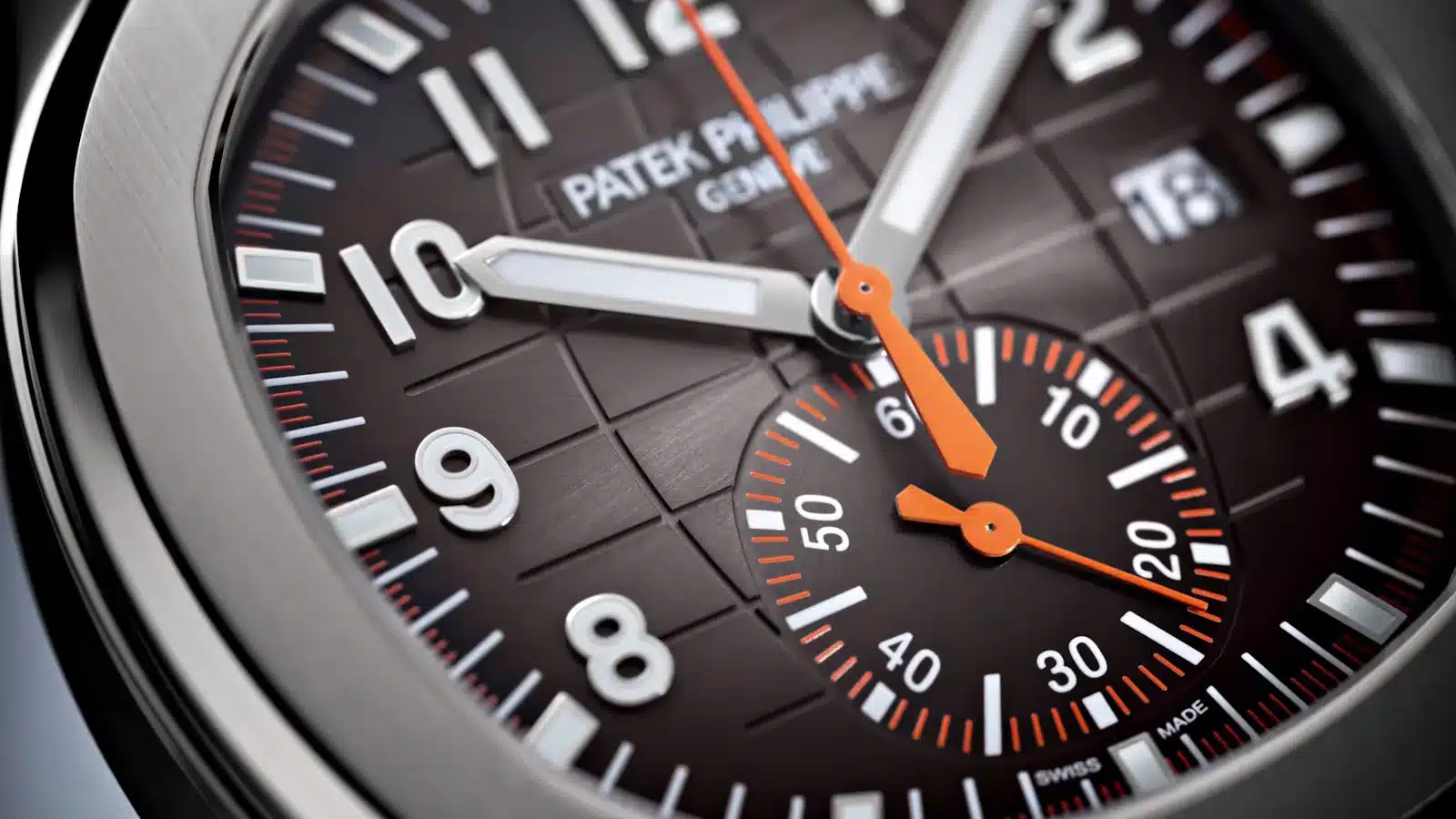
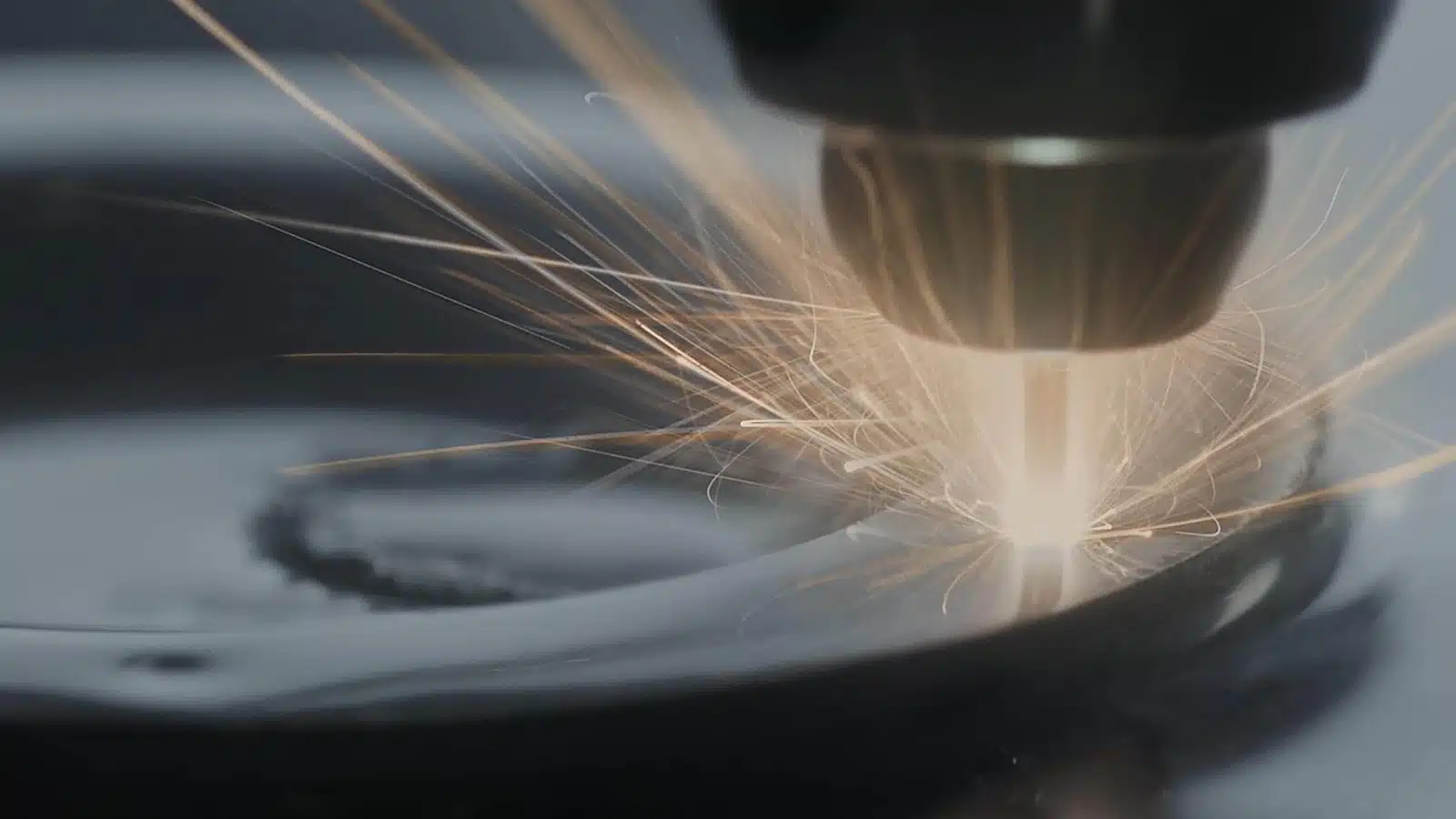
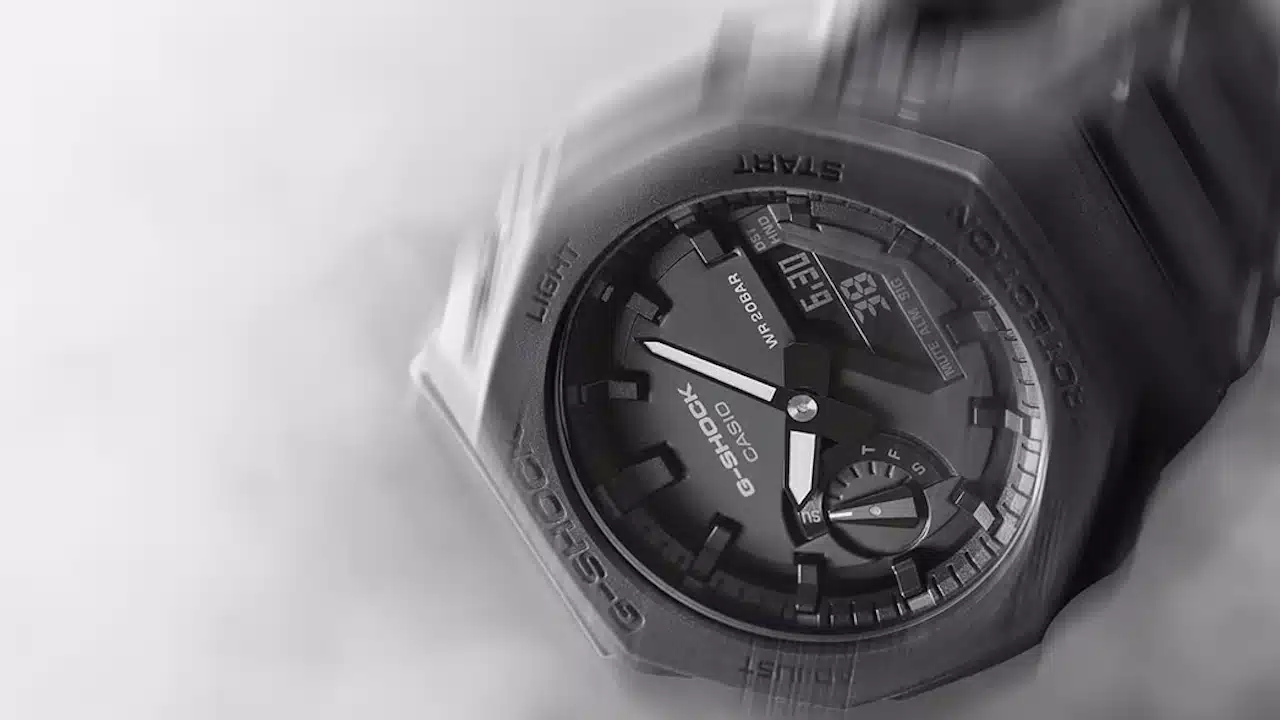
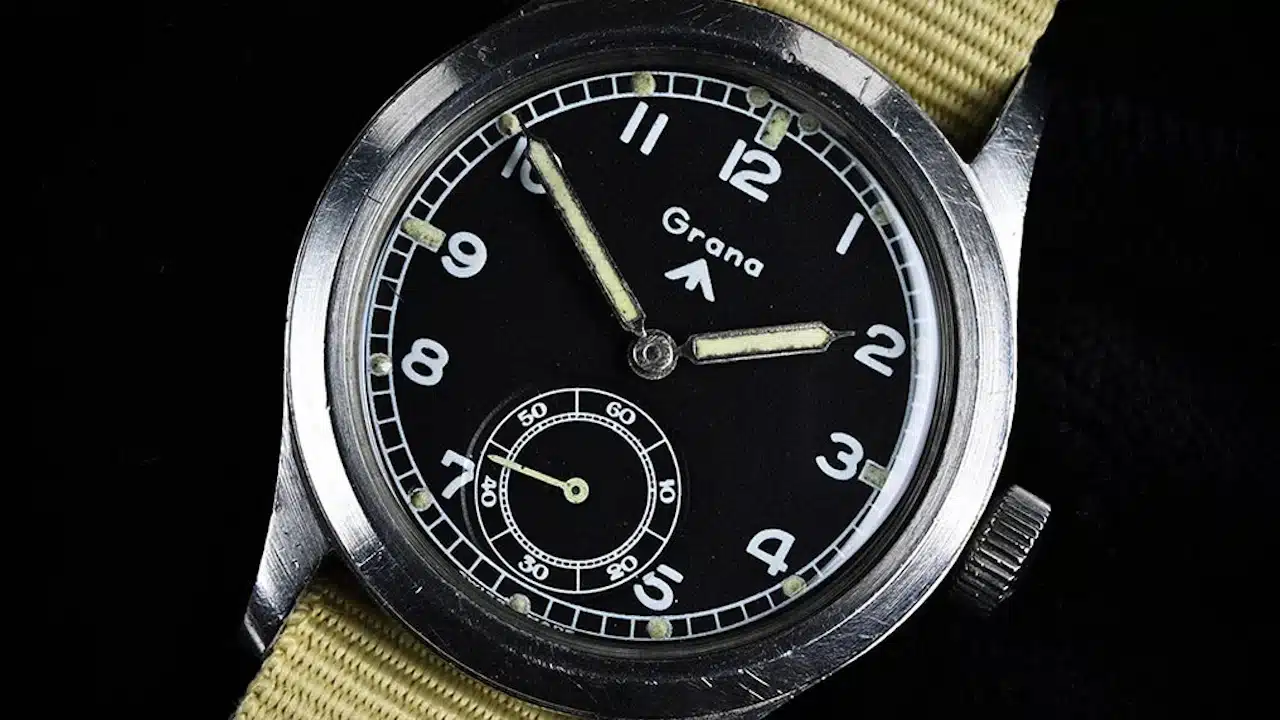
Leave a Reply